Scientific techniques
Different techniques should be applied for both the identification of ordinary logs and derived wood products. Continuous improvement of existing methods for wood analysis and implementation of new methods is an indispensable part of the vision for ENFORCE. For example, new identification techniques such as DART-TOFMS spectrometry are promising for identifications down to the species level of wood species worldwide. New reference databases should also be established for this purpose.
Classic microtomy
In a classical microtomy, thin sections about 10 - 20 µm thick are made from a wood sample with a microtome. These sections can then be viewed under a light microscope, revealing the microscopic features of the wood. There are several orientations of the wood in which a section can be made (transverse, tangential and radial), each revealing some of the diagnostic features of the wood.
The characteristics are listed according to the standard of the International Association of Wood Anatomists. This standard has 163 characteristics, which can then be used to identify the wood species.
This method is best suited for identification of larger samples of wood, from which a smaller sample of about 1 cm³ can be taken.
Scanning Electron Microscopy
The Scanning Electron Microscope (SEM) uses a stream of electrons for imaging instead of light. The electrons come into contact with the sample, which sends back a series of signals that the SEM picks up and translates into information about the topography of the sample. This method allows the user to study the anatomical features of wood at much larger magnifications. This thus constitutes a useful tool for observation of for example piths, which can be a very small feature that is difficult to see with an ordinary light microscope.
To illustrate, the light microscopes in the RMCA still provide good imaging up to a magnification of about 400x. The SEM can do so for magnifications of more than 7000x.
Sanding and scanning
The above methods involve microscopic analysis of anatomical features. However, there is also a lot to see on a macroscopic level, and the best way to do this is to sand the wood sample and scan the sanded surface.
These wood scans are usually performed on the face of the wood. The images then show some 30 key anatomical features. This provides a quick initial analysis for wood identification, although research is also underway on automatic analysis in the SmartWoodID project
We have acquired a COBOT to automate the sanding process.
Spectrometry: DART-TOFMS
Direct Analysis in Real Time-Of-Flight Mass Spectrometry (DART-TOFMS) is a new method for wood identification. This device can perform a chemical analysis of a sample by detecting the metabolites in the wood. This metabolite composition gives a unique result for different species of wood.
This method has several advantages compared to classical microtomy. It requires only a small sliver of wood and the sample does not need to be prepared. The analysis is fast and still allows identification down to the species level. However, the real strength of this method lies in its combination with microtomy, where the residual results of each method are compared to reach a final identification.
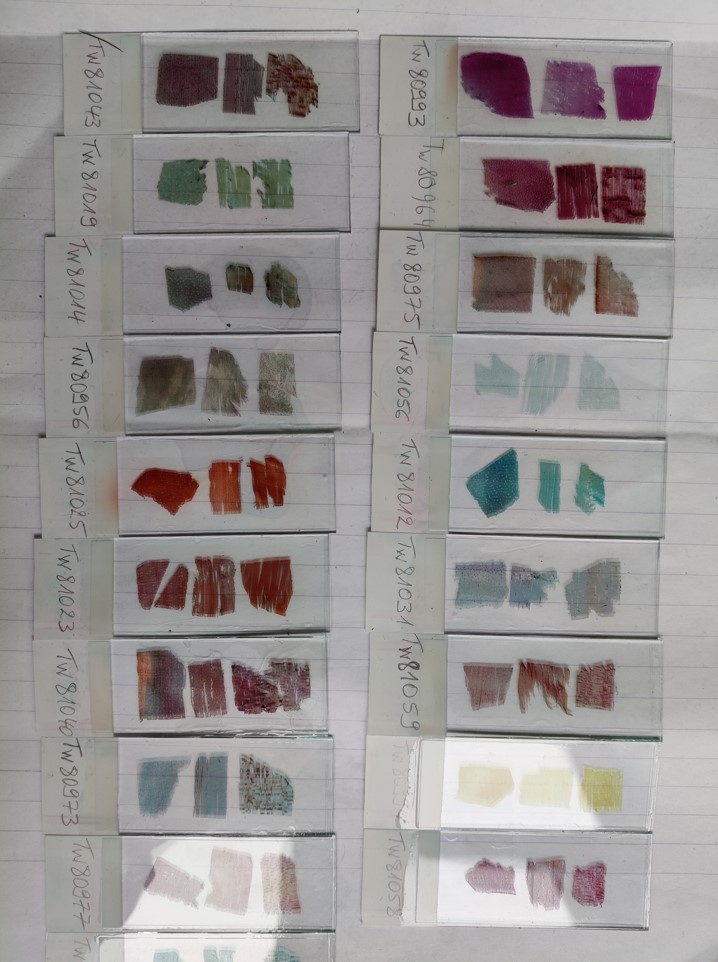 Thin wood sections made with the microtome
Thin wood sections made with the microtome Entandrophragma cylindricum (Sprague) Sprague
Entandrophragma cylindricum (Sprague) Sprague Entandrophragma cylindricum (Sprague) Sprague
Entandrophragma cylindricum (Sprague) Sprague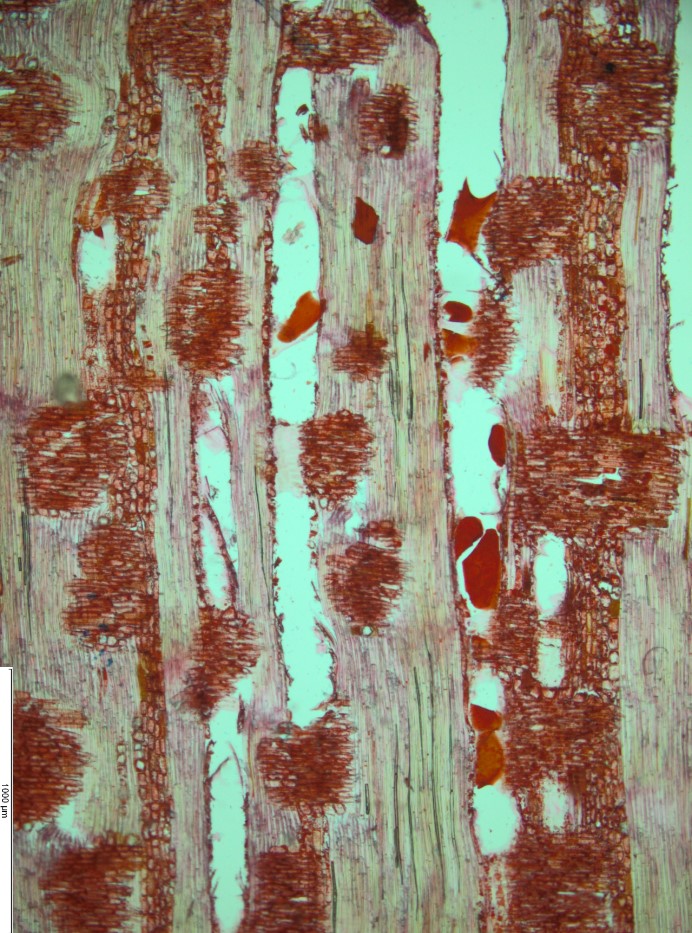 Entandrophragma cylindricum (Sprague) Sprague
Entandrophragma cylindricum (Sprague) Sprague Scanning Electron Microscope (SEM)
Scanning Electron Microscope (SEM)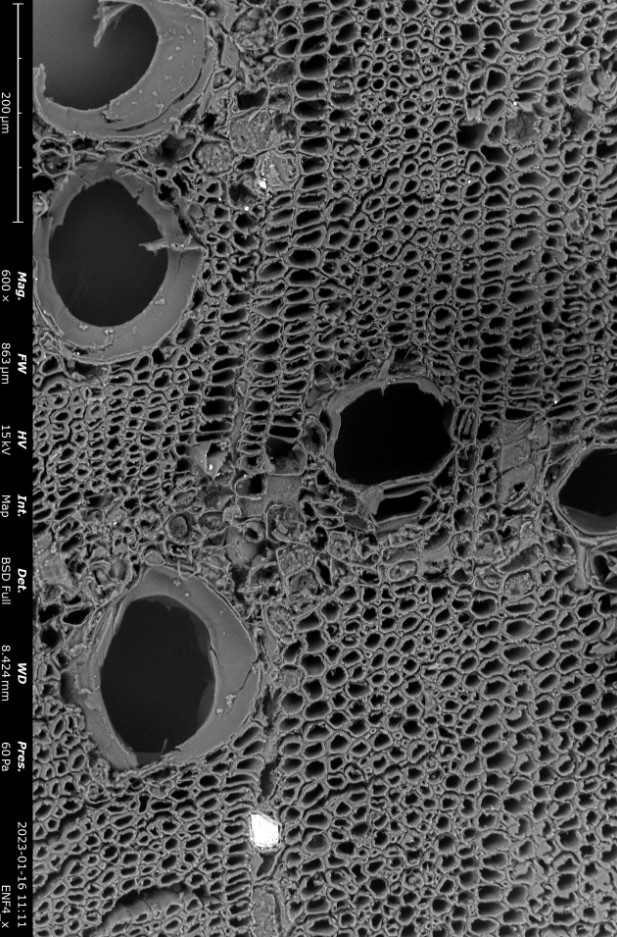 Entandrophragma cylindricum (Sprague) Sprague
Entandrophragma cylindricum (Sprague) Sprague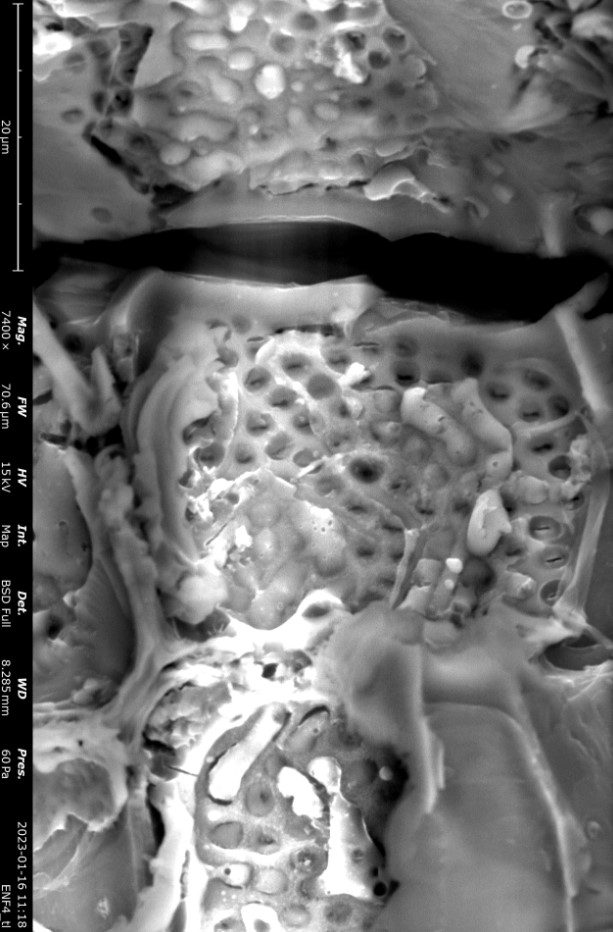 Entandrophragma cylindricum (Sprague) Sprague
Entandrophragma cylindricum (Sprague) Sprague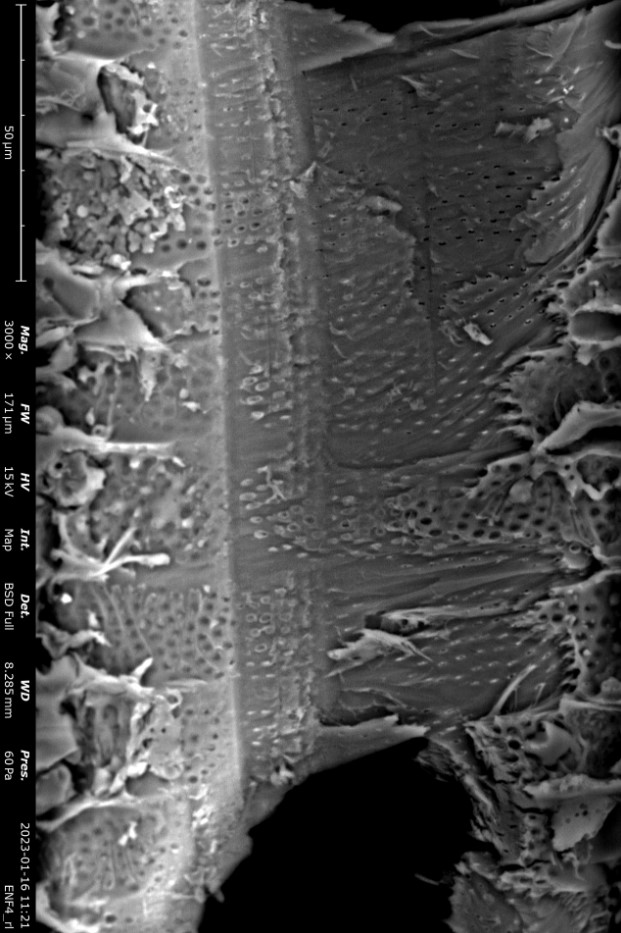 Entandrophragma cylindricum (Sprague) Sprague
Entandrophragma cylindricum (Sprague) Sprague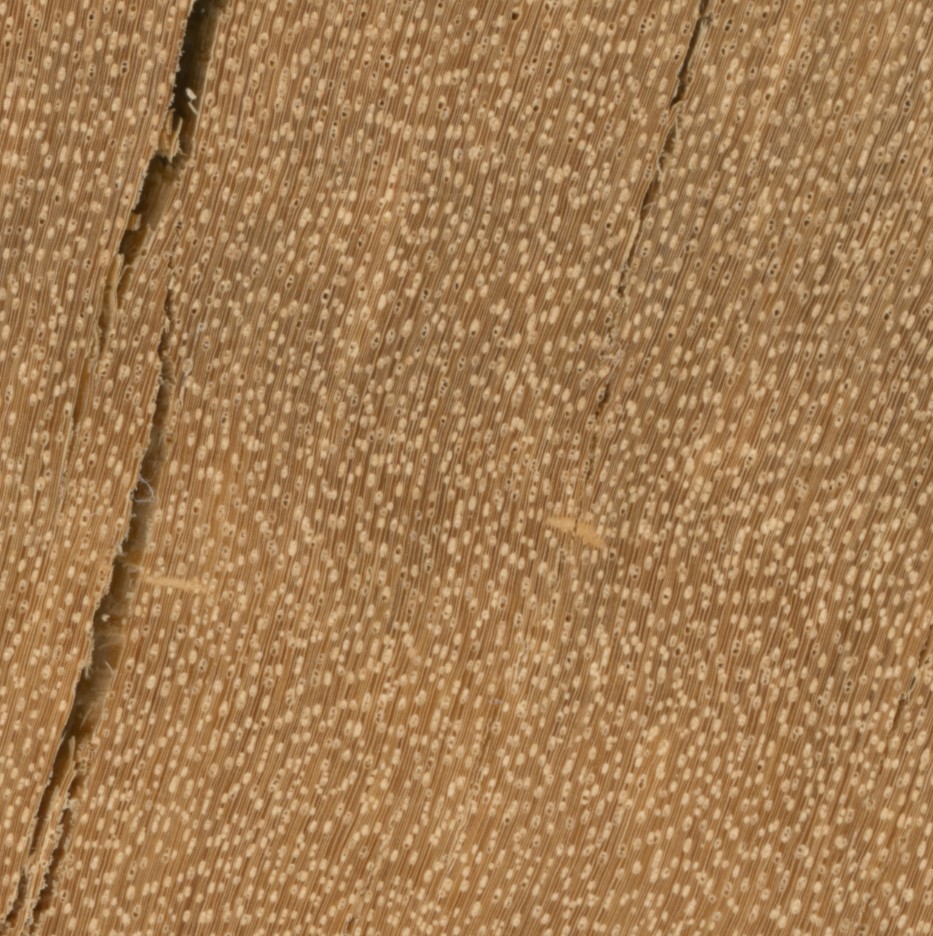 Homalium longistylum Mast.
Homalium longistylum Mast.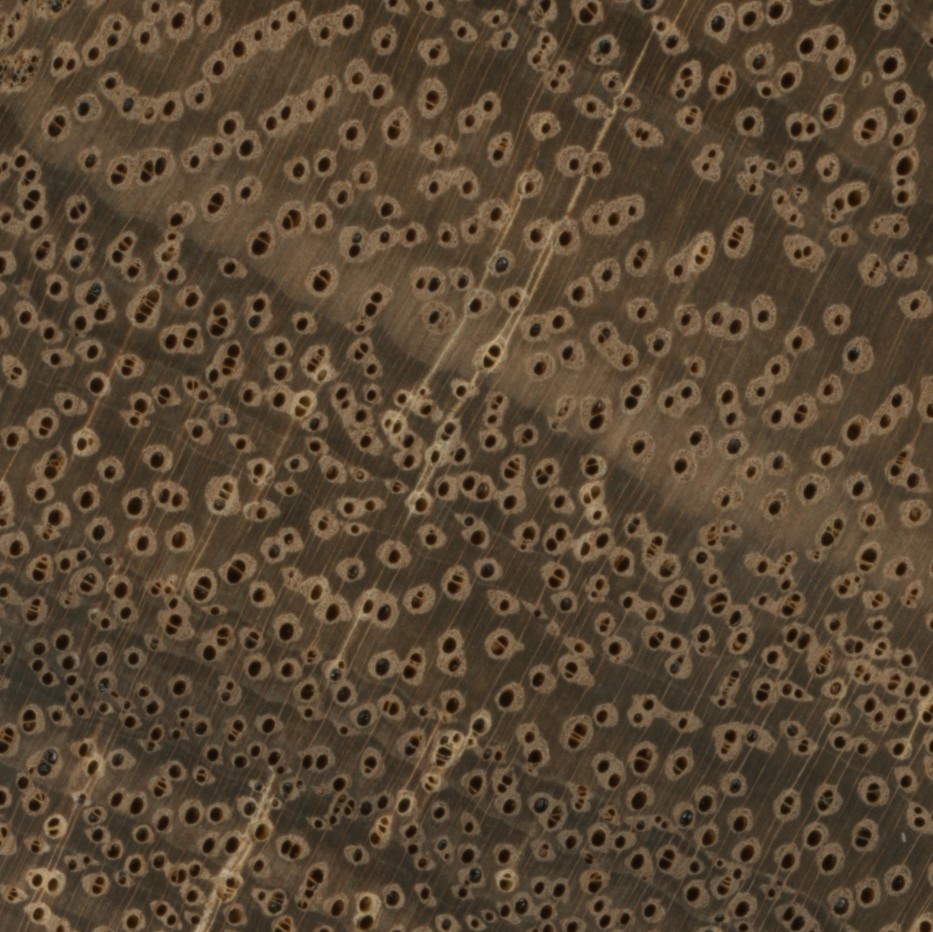 Albizia zygia (DC.) J.F. Macbr.
Albizia zygia (DC.) J.F. Macbr. Endodesmia calophylloides Benth.
Endodesmia calophylloides Benth.%20(c)%20ENFORCE_RMCA%20small.jpg.png) DART-TOFMS
DART-TOFMS 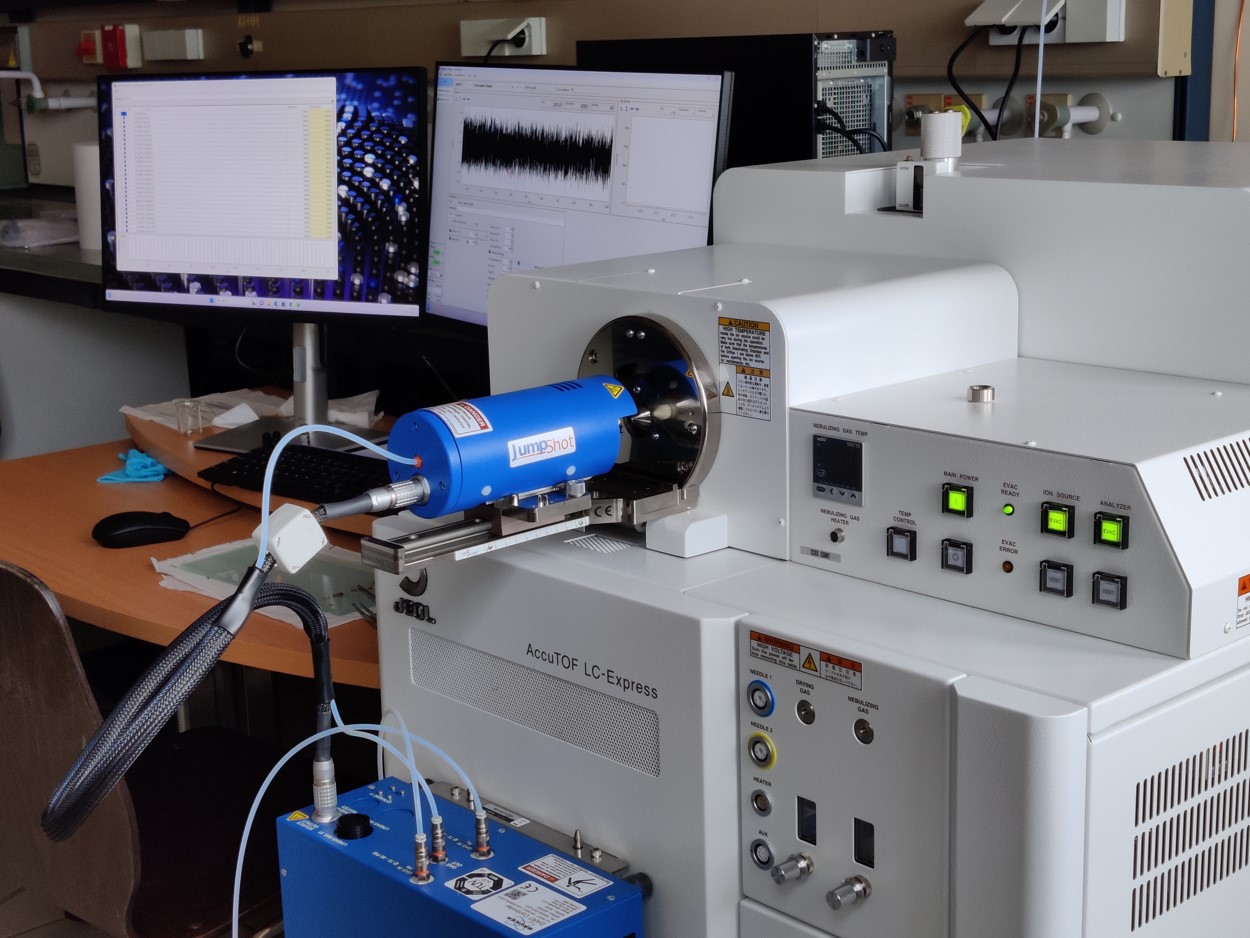 DART-TOFMS
DART-TOFMS DART-TOFMS
DART-TOFMS